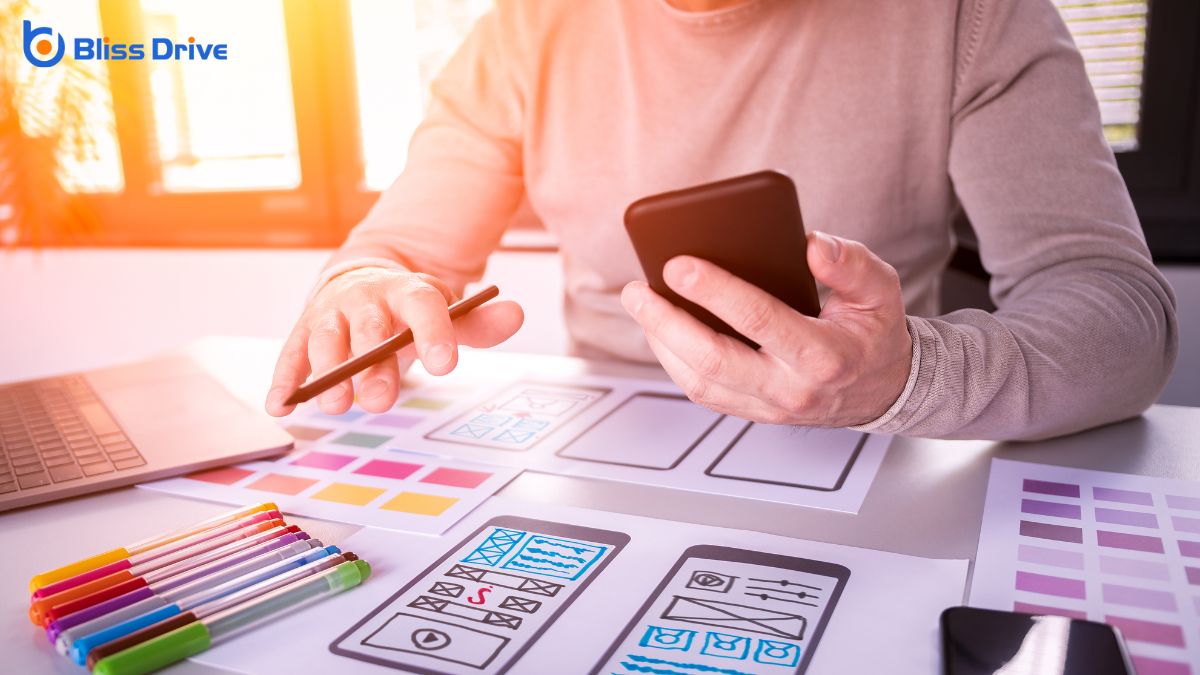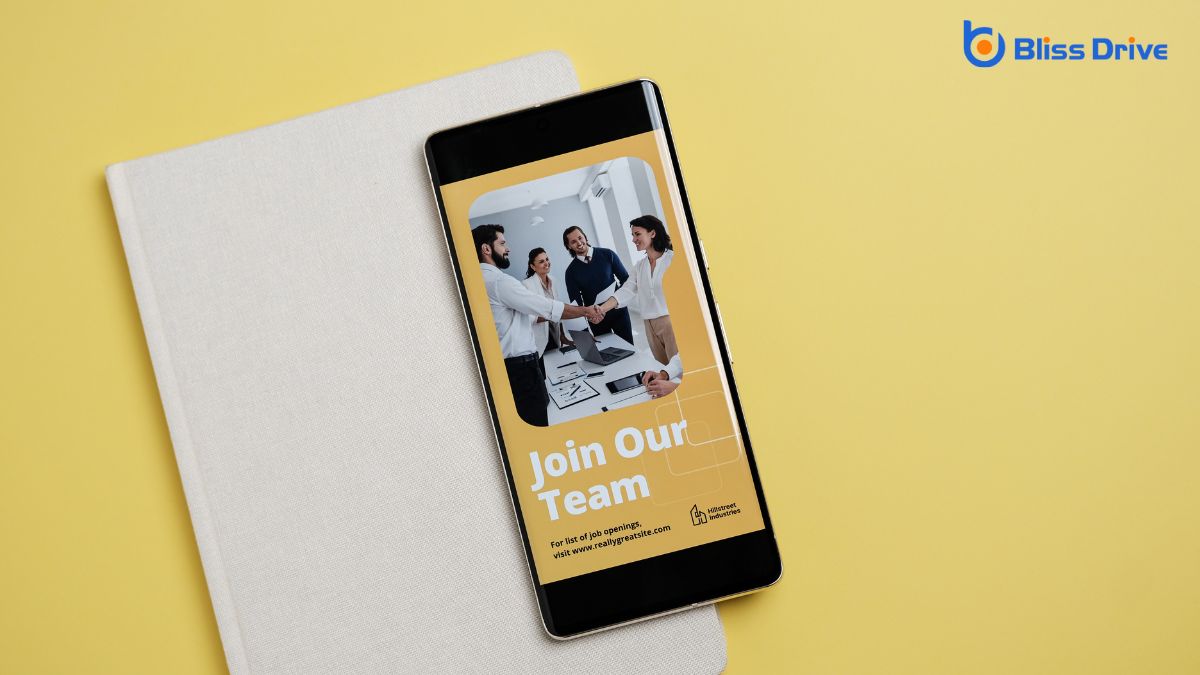Learn More About Us

To guarantee compliance with global mobile accessibility standards, you should familiarize yourself with WCAG, ADA, and the EAA. Conduct regular audits using automated tools and gather feedback from users with disabilities. Implement clear, accessible design practices right from the start, and provide ongoing training for your team on the latest standards. Stay informed and monitor updates to maintain compliance as guidelines evolve. Curious about the next steps? They're right ahead.

When it comes to understanding key global accessibility guidelines, it’s vital to grasp the frameworks that guarantee digital inclusivity.
Familiarize yourself with the Web Content Accessibility Guidelines (WCAG), which set the standard for web and mobile content. These guidelines make certain content is perceivable, operable, understandable, and robust (POUR).
You should also be aware of the Americans with Disabilities Act (ADA), which impacts how digital services are provided in the U.S. The European Accessibility Act (EAA) is another significant framework, influencing accessibility standards across the European Union.
Staying updated on these guidelines will help ensure your digital platforms are accessible to everyone, regardless of ability. By mastering these rules, you contribute to a more inclusive and equitable digital world.
Understanding global accessibility guidelines sets the stage for taking actionable steps to secure compliance, and one of the most effective methods is conducting accessibility audits and testing.
Start by evaluating your mobile app against established standards like WCAG. Use automated tools to quickly identify glaring issues, but remember, they won’t catch everything. Manual testing is essential for evaluating real-world usability, so enlist users with disabilities to provide authentic feedback on their experience.
Regular audits help you spot non-compliance and address it swiftly. Document your findings and prioritize fixes based on severity. This proactive approach not only secures compliance but also enhances your app's usability for everyone.
To create a truly accessible mobile app, start by integrating accessible design practices from the very beginning. By doing so, you'll not only meet global mobile accessibility standards but also enhance user experience for everyone.
Here’s how you can implement these practices effectively:
Ensuring your team is well-versed in accessibility standards is essential for developing inclusive mobile applications. Start by providing thorough training sessions focused on global standards like WCAG, Section 508, and EN 301 549.
Encourage interactive workshops and hands-on exercises to reinforce learning. Use real-world examples to illustrate the importance of accessibility and its impact on users.
Incorporate accessibility knowledge into your onboarding processThe steps users go through when first starting to use a product or service, designed to help them ge..., ensuring new hires understand its significance from day one.
Consider bringing in accessibility experts for guest lectures or consultations to provide deeper insights. Additionally, make accessibility resources readily available, such as guides, checklists, and online courses.
Regularly update your team on changing standards and foster a culture that prioritizes accessibility in every project phase.

Having trained your team on accessibility standards, it's important to keep pace with evolving guidelines to maintain compliance.
Regularly monitoring updates guarantees your mobile platform stays accessible. Here's how you can stay compliant:
Staying proactive ensures your mobile platform remains accessible and compliant.
To guarantee compliance with global mobile accessibility standards, make a habit of regularly reviewing key guidelines like WCAG and ADA. Conduct thorough accessibility audits and testing to identify and address any gaps. Embrace accessible design practices right from the start, and train your team to stay current with the latest standards. Continuously monitor updates and maintain compliance by integrating accessibility into your workflow. By doing so, you'll create a more inclusive experience for all users.
